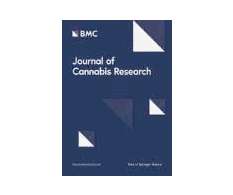CBD Ban: Brits Take Up Fight And Send Lawyers To Brussels
Cannabis Law Report
MARCH 9, 2019
London law firm Mackrell Turner Garrett, together with a leading food and trading standards barrister, were instructed by the Cannabis Trades Association UK (CTA) to make representations to the European Food Safety Authority (EFSA).












Let's personalize your content